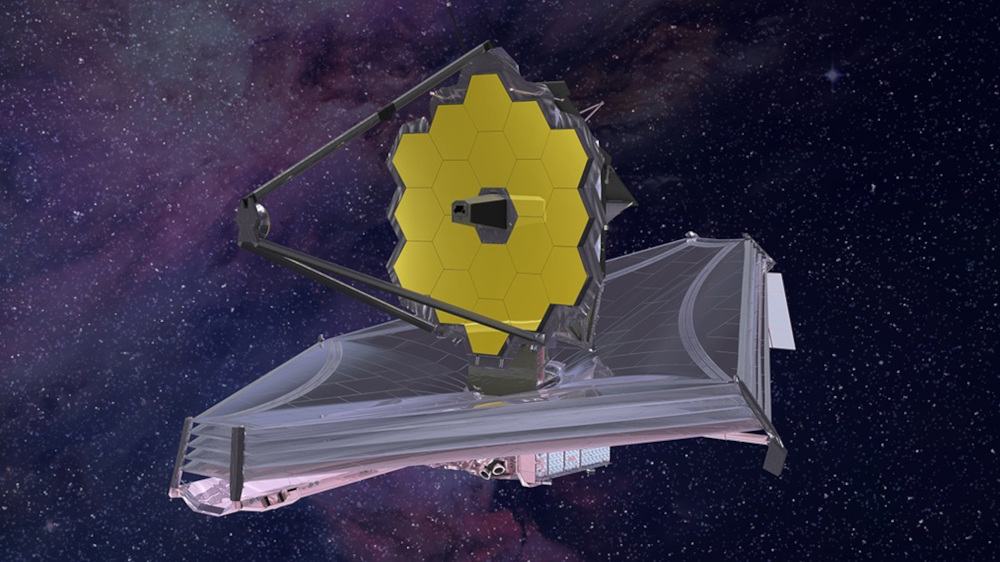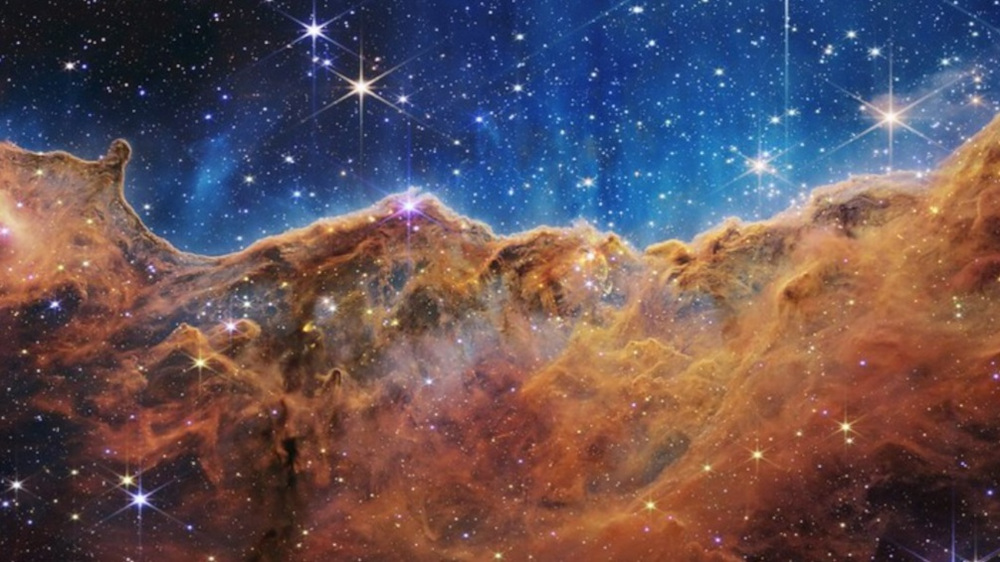The James Webb Space Telescope has been observing the universe for three years – Finns are also involved!

The James Webb Space Telescope began its scientific observations in the summer of 2022. Since then, it has carried out nearly 900 science programs. Its imaging precision and sensitivity in the infrared light – invisible to the human eye – make it a superior astronomical observatory.
Professor of astronomy at the University of Turku Seppo Mattila explains what the James Webb Space Telescope has already discovered and how Finnish researchers have been involved.
Mattila and his team utilize Webb’s data, e.g., to study stars that are torn apart in the gravitational field close to black holes in so-called Tidal Disruption Events (TDEs). By examining these events, astronomers gain insights into the black holes at the centers of galaxies and the properties of surrounding stars and interstellar matter – information that would otherwise be inaccessible.
“There is often a large amount of so-called interstellar dust – made up of small solid particles – in the centers of galaxies. This dust absorbs and re-emits light that originally had shorter wavelengths. Webb’s infrared observations provide information about the composition and characteristics of this dust. Observing in the infrared also gives us unique data on the nature of these TDEs, which is not available through commonly used visible or ultraviolet observations”, Mattila explains.
Webb has also advanced the study of stars that explode as supernovae. In a project led by Rubina Kotak, an astronomer at the University of Turku, Webb’s sensitivity in the mid-infrared range is used to study nearby supernovae marking the death of massive stars.
“By observing supernovae hundreds of days after the explosion, we are able to determine the amount of heavy elements produced by the explosion based on the 'fingerprints' left by the explosion in the mid-infrared spectrum. In this way, we will obtain new information about the properties of the star that exploded as a supernova just before it exploded”, says Kotak.
Webb can detect supernovae from quite early stages of the cosmic history. Previously, the most distant known supernovae were found from a time when the universe was about 3 billion years old.
“We are now able to find supernovae from just over a billion years after the Big Bang, using Webb’s ultra-deep images”, Mattila says.

Mattila’s team is involved in analyzing these discoveries and comparing supernova occurrence rates with star formation rates and galaxy evolution across different cosmic epochs. In the future, Webb may even enable the study of the universe’s very first stars – so-called Population III stars – by detecting their supernova explosions.
In a project led by Mika Juvela, an astronomer at the University of Helsinki, researchers are studying the filamentary density structure of the Orion molecular cloud, a nearby region where massive stars are born.
“Webb’s high resolution helps us see even the smallest details – how mass flows into dense cloud cores about a light-year across, and how new stars begin to form inside them. These results will also improve our understanding of the rotating gas and dust disks around young, still-forming stars, which may later evolve into planetary systems”, Juvela explains.
The data collected by the Webb Space Telescope provides the most detailed and deepest infrared images of the universe – until the European Southern Observatory’s (ESO) 39-meter Extremely Large Telescope (ELT) is completed at the end of the decade. Mattila has closely followed the development of ELT during his more than five years as Finland’s delegate to ESO Council.
“Many of the science programs to be carried out with ELT will be designed based on the results and discoveries from Webb. On the other hand, ELT and Webb complement each other well, as their strengths and the parameter space they cover are different”, Mattila says.
The University of Turku is involved in the development of MICADO, a high-resolution camera for the ELT using adaptive optics, which means that Finnish researchers will also participate in ELT’s first observations.
Seppo Mattila, Professor, University of Turku




